Samsung's 45W charging brick accessory for the Samsung Galaxy S22 Ultra does, despite reports , work as advertised. We tested it and it's as fast as we'd hoped.
Which makes us even sadder that we have to pay another $49.99 / £39 / AU$69 to own it.
Inside the Samsung Galaxy S22 Ultra 's box is a lovely Android phone, cable, and little else. There is no charging brick. Not a 25W one and certainly not the 45W PD Power Adapter that promises Super Fast Charging.
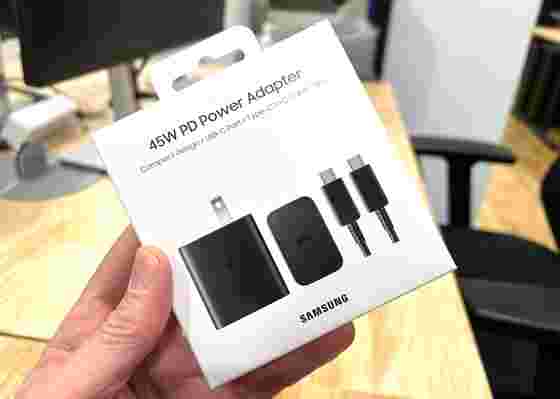
Samsung, like virtually every other mainstream handset manufacturer, stopped including charging bricks in the packaging because most people have a surplus of them in their homes and to help reduce plastic waste.
Granted, all our legacy adapters might not be USB-C to match the Samsung Galaxy S22 Ultra's charging cable, and most won't be capable of fast charging. However, if you do have one laying around, it should fully charge your phone from zero in an hour or two. Personally, I like to place the phone on one of my Qi wireless chargers to juice up overnight (wireless is almost always slower than wired). But that's just me.
Most of you are in a rush and need a full day's charge in as little time as possible.
As I noted in my review, the Samsung Galaxy S22 Ultra's 5,000mAh battery is capable of a full day of varied activity, or roughly 18 hours of battery life. I wanted more than a day, but this is still quite good.
A simple test
To test the 45W fast charger, which Samsung unexpectedly sent me, I did my best to drain down the phone, setting the resolution to high, screen brightness at 100%, and running a 'Better Call Saul' Netflix binge that lasted the better part of a workday.
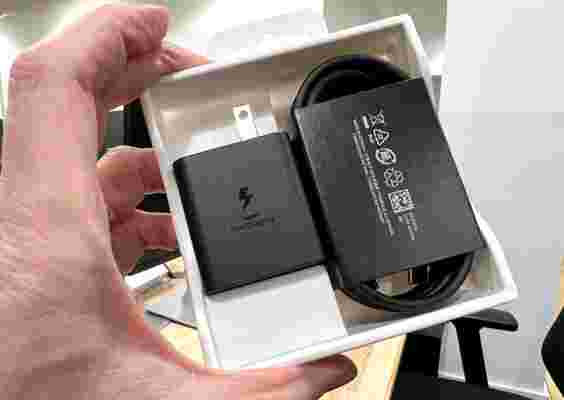
I had a dinner appointment at 6:30pm. So, at 6:03pm ET, I checked the phone, which was down to 27%. Then I grabbed the charger and included cable and plugged one end into the USB-C port on the bottom of the Samsung Galaxy S22 Ultra, and the other into the charging brick, which I then plugged into an outlet.
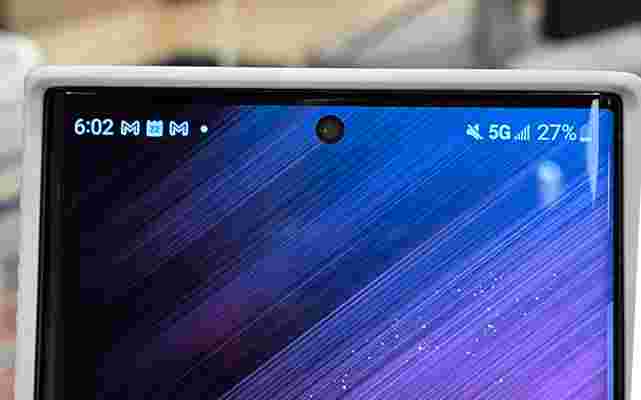
Samsung had told me weeks ago that the 45W charger was capable of charging the battery to 50% in 20 minutes. So, I set a timer on my iPhone 13 Pro (which looked on with bemusement) for 20 minutes and waited.
As I was preparing to leave, the alarm went off and I checked the phone. It was at 70% after 20 minutes. That's 47% more power than it had when I started and well within the margin of error to count for 50% charged after the allotted 20 minutes.
I will note that while the charging brick was a little warm, the Samsung Galaxy S22 Ultra's body was noticeably warm. Sucking in that much power at that speed does heat things up. Interestingly, Samsung also sent me a multi-port, 65W charger, but I don't think I'll use it on the phone - I don't need the Samsung Galaxy S22 Ultra to get any warmer than that.
What did we learn?
If you're willing to spend another $50 / £39 / AU$69 you can get a 50% charge in 20 minutes, which adds up to roughly 9-to-10 hours of reliable battery life. For those always on the move with scarcely an hour to charge their phones, this might be a good investment.
What is QLED? Samsung's quantum dot TV tech explained
QLED stands for quantum dot light-emitting diode. If you see a new TV with the QLED label, it means it’s similar to a regular LED TV, but the main difference is that it has a quantum dot layer built-in. We’ll get to what this layer is soon, but the important thing to know is it enhances everything you see on your screen, like the colors and the brightness of images.
Although the QLED layer inside many new TVs is exciting, it isn’t a miraculous new kind of TV tech. That means if you’re weighing up a few different TV options it’s important to be aware we’re talking about a difference of degree, rather than kind, from most other TVs you can buy today. A QLED TV isn’t necessarily a better TV.
You don’t need to learn every TV tech term – there are so many. But QLED is a key one – especially if you’re in the market for a new Samsung TV – and you’ll come across it again and again in bricks and mortar TV stores, as well as in online retailers, too. In this guide we’ll explore QLED TV tech, find out the difference between OLED vs QLED TVs and, importantly, help you to work out whether a QLED TV is right for you.
UPDATE: We're expecting to see a lot of new QLED TVs at the big tech expo CES 2022. So far, Samsung has announced a pack of new TVs, including MicroLED, mini-LED and QLED TV models. Samsung's Neo QLED TV lineup will include a new feature called Shape Adaptive Light Control, which allows the TVs to have better control over blooming and an upgrade to a 14-bit backlight for more luminance points.
QLED in a nutshell
One of the most important points about QLED is it’s a panel technology that’s used (almost) exclusively for the best Samsung TVs . Confusingly, you will find some TVs with the QLED label from other TV brands like TCL, Hisense and Sharp , but most are sold by Samsung – at least for now.
You’ll find this QLED panel tech packed into some of Samsung’s latest and greatest 8K TVs , including the Samsung Q800T and the Q950TS . However, most of the QLEDs available on the market today are still 4K TVs .
That's the quick definition of what QLED is and where you can find it. Read on to find out everything else you need to know about QLED technology, including whether this new kind of display tech can truly upgrade your entertainment experience.
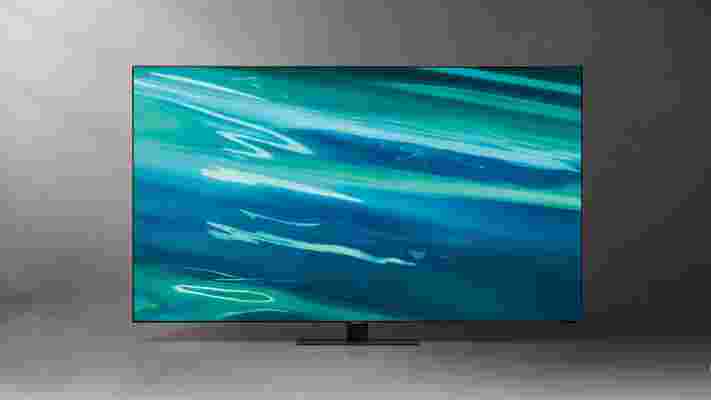
However, Samsung's latest TVs use a separate LCD backlight (often an edge-lit backlight, at that) just like any other LED-LCD TV. So the QLED moniker is more about branding than a truly 'quantum leap' for TV panel technology.
But there's still a lot to get excited about here. QLED TVs do use a metallic quantum dot filter to enhance both the color and contrast of the screen. What this means is the capabilities of HDR and 4K images are significantly boosted compared to other non-quantum dot LCD-LEDs.
QLED TV models also include Samsung's Bixby virtual assistant, as well as an Ambient Mode, which helps them blend into their surroundings a little better.


Jamie Carter made original contributions to this article.
Amazon’s Lord of the Rings looks a lot like Peter Jackson’s. Will that be enough to bring in the viewers?
Anyone looking for clues about the plot of the new The Lord of the Rings TV show would have been disappointed by Amazon’s first trailer. It did, however, make one thing abundantly clear: Peter Jackson’s Oscar-winning movie trilogy is a huge influence on the series.
From the spectacular New Zealand scenery to the giant statues built into the landscape, this new take on Middle-earth looks an awful lot like the previous one. The trailer’s references to the show being set “before the King/Fellowship/Ring”, meanwhile, are an easy shorthand to remind us we’re returning to a familiar realm – albeit in a slightly different form.
The same way Disney made sure The Force Awakens was back-to-basics Star Wars , winning back audiences turned off by the prequels, Amazon is clearly hoping we’ll forget the less popular Hobbit movies ever happened – and that we’ll see The Rings of Power as extension of a trilogy of movies that helped set out the template for 21st century blockbuster cinema .
Except, Amazon’s The Lord of the Rings: The Rings of Power is a separate franchise, and – while the events depicted shouldn’t contradict the events of the movies – it doesn’t necessarily exist in the same continuity.
The giant’s mega-budget TV show will instead tell the Second Age of Middle-earth, thousands of years before Bilbo Baggins left on his unexpected journey. And while some familiar faces will have a part to play – chief among them the immortal Elves Galadriel and Elrond – the new Lord of the Rings will largely focus on a huge cast of new characters, across a vast, multi-season arc.
So, as much as The Rings of Power looks like Jackson’s Middle-earth, the two entities may be as different as Elves and Dwarves – but what exactly is the new show and who is it for?
Look who’s Tolkien
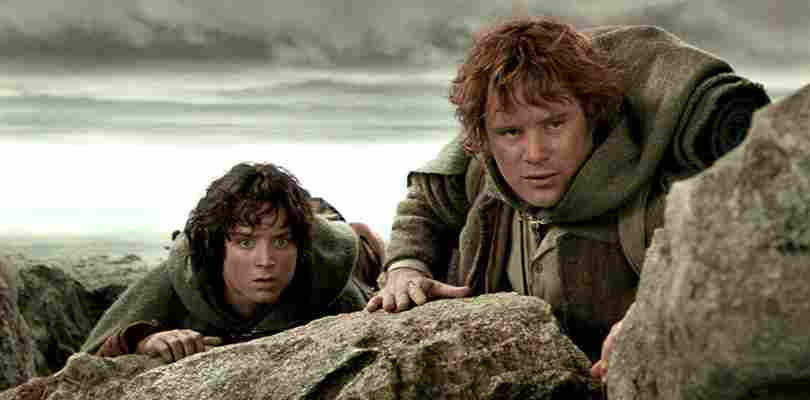
The Rings of Power – “ a title that we imagine could live on the spine of a book next to JRR Tolkien’s other classic s ,” the showrunners claim – is not a remake, but it is based on the works of JRR Tolkien. One thing it isn’t, however, is an adaptation of The Silmarillion, the sprawling collection of stories from the First and Second Ages of Middle-earth, that Tolkien originally intended as a follow-up to The Hobbit in the late-1930s.
To paraphrase the venerable Master Yoda, a page turner it was not, and the book was only published (edited by Tolkien’s son, Christopher) after the author’s death. In the meantime, edited highlights had found their way into the appendices of Return of the King when it was published in 1955. These appendices will form the basis of the new season.
“We have the rights solely to The Fellowship of the Ring, The Two Towers, The Return of the King, the appendices, and The Hobbit,” showrunner JD Payne told Vanity Fair . “And that is it. We do not have the rights to The Silmarillion, Unfinished Tales, The History of Middle-earth, or any of those other books.”
“There’s a version of everything we need for the Second Age in the books we have the rights to,” added co-showrunner Patrick McKay. “As long as we’re painting within those lines and not egregiously contradicting something we don’t have the rights to, there’s a lot of leeway and room to dramatize and tell some of the best stories that [Tolkien] ever came up with.”
The fact that many fans of Jackson’s movies will have never read The Silmarillion or those appendices makes The Rings of Power a very different proposition to the movies.
Even before Jackson’s films, The Fellowship of the Ring, The Two Towers and The Return of the King were novels beloved by millions, effectively set texts for adolescence and the blueprint for epic fantasy storytelling. Where Frodo, Gandalf and Gollum were famous long before Elijah Wood, Ian McKellen and Andy Serkis played them on screen, the key players in the Second Age are familiar only hardcore fans of Tolkien’s ‘expanded universe’.
Amazon is therefore gambling that enough fans of Jackson’s movies will join them on the journey – and that they’ll invest in a load of characters they don’t really know. Will bringing Harfoots (the diminutive ancestors of the Hobbits) into the mix be enough to make us nostalgic for those good old days back in the Shire with Frodo and Sam?
Prequel opportunities
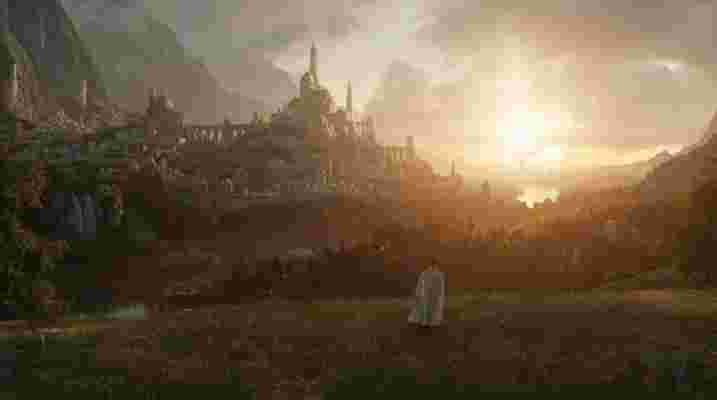
The billion dollars Amazon is reportedly investing in the show feels like a lot of money to spend on what’s effectively a prequel – after all, we already know that, in a few thousand years, the Dark Lord Sauron will be vanquished, the One Ring destroyed in the fires of Mount Doom.
Prequels are notoriously difficult things to pull off, however – Star Wars, Alien and JK Rowling’s Wizarding World have all floundered when diving into backstory – and the success of The Rings of Power is tied up in how much viewers want to know about what came before. The last stand of Elves and Men, the fall of the Atlantis-like city of Númenor, and even the forging of the 20 eponymous rings (nine for mortal men, seven for the dwarf lords, three for the Elves, and one for Sauron itself) are all pivotal to the history of Middle-earth, but is it essential that we see them on screen?
It seems imperative, then, that the show find a hook stronger than filling gaps in canon, and that the multiple storylines promised are more than just a very expensive lesson in Middle-earth history.
Luckily, the production team won’t have to make things up as they go. Tolkien was meticulous in his world building – to the extent the stories sometimes feel like an afterthought – and the production team have, Payne says, “worked in conjunction with world-renowned Tolkien scholars and the Tolkien estate to make sure that the ways we connected the dots were Tolkienian and gelled with the experts’ and the estate’s understanding of the material.”
While significant changes to Tolkien’s mythology are unlikely to be signed off by Tolkien’s gatekeepers, some amendments are inevitable. We already know that new characters have been created for the show – just as Jackson manufactured the Elf Tauriel, played by Evangeline Lilly, for The Hobbit – and that the vast timespans of the Second Age will be contracted to make them more palatable to a TV audience.
As Payne explained in Vanity Fair , “If you are true to the exact letter of the law, you are going to be telling a story in which your human characters are dying off every season because you’re jumping 200 years in time. Look, there might be some fans who want us to do a documentary of Middle-earth, but we’re going to tell one story that unites all these things.”
Skirting the line between keeping the Tolkien purists happy, and telling an engaging, captivating fantasy epic could prove a quest as challenging as Frodo’s mission to Mordor.
Suitable for all
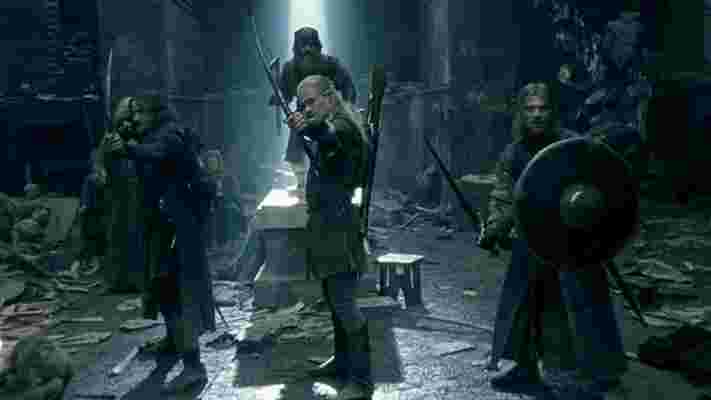
The showrunners will also have to do it without falling back on the R-rated activities integral to Game of Thrones and – to a lesser degree – The Witcher . Sex, in particular, isn’t really a feature of Tolkien’s chaste, conservative world, a place where female characters and romance are generally conspicuous by their absence.
Perhaps more importantly, if the show is going to deliver on the investment and genuinely be the next Game of Thrones – now arguably more important than being the next The Lord of the Rings – it’s going to need to appeal to the biggest audience possible. This fact isn’t lost on the production team.
“[The goal] was to make a show for everyone, for kids who are 11, 12, and 13, even though sometimes they might have to pull the blanket up over their eyes if it’s a little too scary,” McKay told Vanity Fair. “We talked about the tone in Tolkien’s books. This is material that is sometimes scary – and sometimes very intense, sometimes quite political, sometimes quite sophisticated – [but] it’s also heartwarming and life-affirming and optimistic.”
Whether or not it looks like Peter Jackson’s Middle-earth, The Rings of Power’s biggest challenge may be convincing the world that the Second Age is somewhere they want to be.
The Lord of the Rings: The Rings of Power comes to Amazon Prime Video on September 2, 2022.